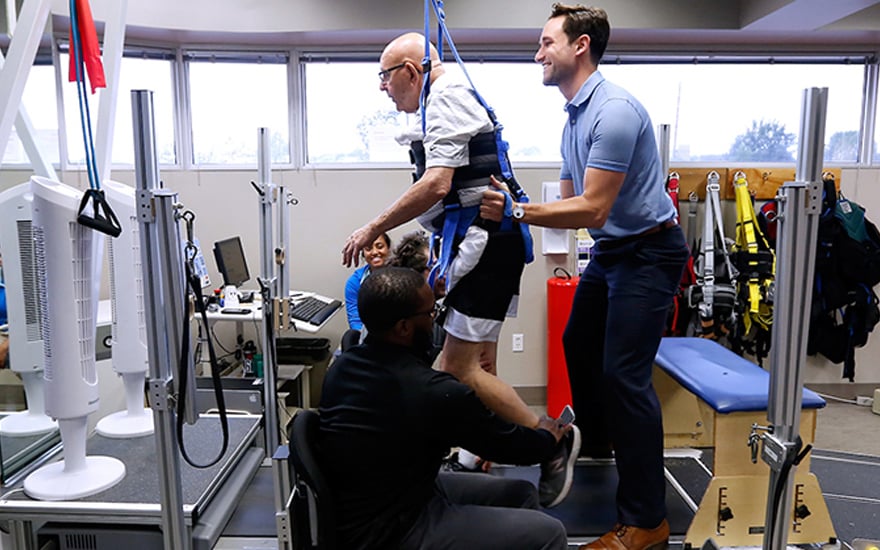Enhancing Recovery and Functionality Through Efficient Injury Prevention Tactics in Physical Rehabilitation and Individual Training
Enhancing Recovery and Functionality Through Efficient Injury Prevention Tactics in Physical Rehabilitation and Individual Training
Blog Article
Within the world of physical therapy and individual coaching, harm prevention is a vital component that can substantially improve recovery and efficacy. Effective harm avoidance tactics assist clients avoid setbacks that can arise due to exercise activity. These tactics are crafted to strengthen the body, improve flexibility, and promote correct movement patterns. By concentrating on these aspects, both physiological therapists and individual coaches can enable their clients to achieve their fitness objectives while reducing the risk of harm.
One of the key elements of harm avoidance is comprehending the importance of appropriate warm-up and cool-down routines. A preparation readies the body for exercise by boosting circulation flow to the muscles and enhancing mobility. This can consist of active stretches and gentle cardiovascular exercises that gradually raise the cardiac rhythm. On the contrary hand, a cool-down helps the physique transition back to a calm state, reducing muscle discomfort and rigidity. Incorporating these routines into a workout plan is essential for maintaining overall physiological health and preventing injuries.
Another crucial tactic is the use of strength training to develop muscular and stabilize articulations. Robust muscles can assist stabilize joints, which minimizes the chance of harm during physical activities. Individual coaches often create strength exercise programs that target particular muscular areas, guaranteeing a well-rounded approach to fitness. Additionally, physical therapists may use strength workouts to assist clients recover from injuries while also preventing subsequent problems. By focusing on resistance, clients can enhance their performance in sports and everyday tasks.
Mobility training is also a vital part of injury avoidance. Stretching exercises improve the scope of movement in articulations and assist preserve muscular elasticity. This is particularly important for athletes who participate in high-impact sports, as tight muscles can lead to strains and tears. Both physiological rehabilitators and individual coaches can include mobility routines into their programs, such as stationary and active flexibility exercises, pilates, or yoga. By promoting flexibility, individuals can enhance their overall motion effectiveness and minimize the chance of harm.
Ultimately, informing participants about body movement and proper techniques is crucial for harm avoidance. Comprehending how to perform properly during workouts can greatly minimize the chance of harm. Individual coaches and physiological rehabilitators can teach clients about posture, alignment, and the importance of listening to sites their bodies. This knowledge enables individuals to take educated choices about their exercise exertions and identify when they may be at risk of injury. By fostering a solid base of harm avoidance tactics, both disciplines can assist clients recover effectively and perform at their peak.